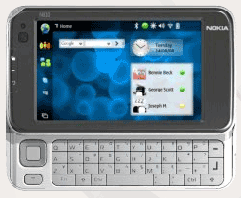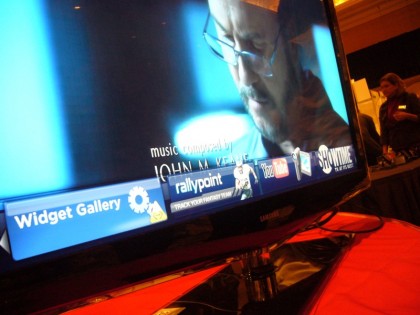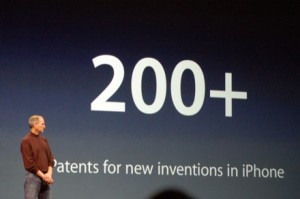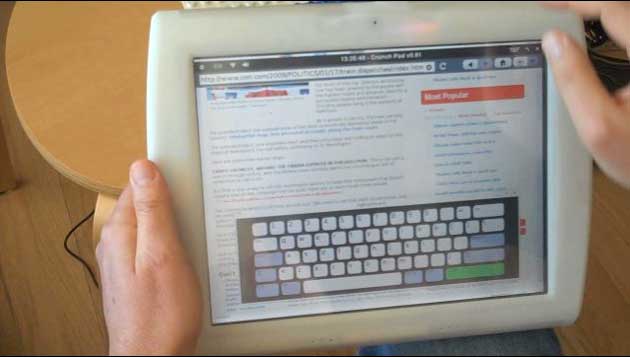 If 2008 was the year of the Netbook, is it too late for Nokia to jump on the bandwagon? Mikey Bee of NokNok.tv doesn’t thing so, noting that while the company talked up its recently announced N97 smartphone for its Netbook-like qualities (despite featuring a comparatively small 3.5 inch screen), it also fazed out the WiMAX version of its rather long in the tooth N810 Internet Tablet, perhaps paving the way for a new Nokia device designed primarily for surfing the web.
If 2008 was the year of the Netbook, is it too late for Nokia to jump on the bandwagon? Mikey Bee of NokNok.tv doesn’t thing so, noting that while the company talked up its recently announced N97 smartphone for its Netbook-like qualities (despite featuring a comparatively small 3.5 inch screen), it also fazed out the WiMAX version of its rather long in the tooth N810 Internet Tablet, perhaps paving the way for a new Nokia device designed primarily for surfing the web.
See also: Hands-on: Nokia’s N810 Internet Tablet
How might a Nokia ‘Netbook’ shape up? Were the company to release such a device, I’d expect it to follow many of the design lines of its existing Internet Tablet range, powered by the Linux-based Maemo OS but featuring a larger screen (topping out at 7 inches). Rather than a slide out keyboard, I think a more traditional clam shell design should be incorporated, a major part of the appeal of existing Netbooks (as apposed to less popular tablet PCs or UMPCs). Software-wise, the device would tie into all of the company’s web services, including Share on Ovi, along with support for third-party social networking sites, such as Facebook and Twitter, which could easily be added through widgets on the home screen, just like the existing N810 User Interface and that used on the upcoming N97.
Continue reading »
 As readers of this blog will know,
As readers of this blog will know,  Despite making its own range of set-top boxes, including two high end devices
Despite making its own range of set-top boxes, including two high end devices  It’s an honest yet unwelcome admission: rushing devices to market with buggy and unfinished software is the “new reality” in the smartphone space, RIM’s co-Chief Executive Jim Balsillie
It’s an honest yet unwelcome admission: rushing devices to market with buggy and unfinished software is the “new reality” in the smartphone space, RIM’s co-Chief Executive Jim Balsillie 
 When the iPhone first launched at Macworld in 2007, I distinctly remember Apple CEO Steve Jobs boasting that the company had over 200 patents on this thing. At the time, that boast stuck out like a sore thumb as I couldn’t recall Apple making such a fuss over patents before.
When the iPhone first launched at Macworld in 2007, I distinctly remember Apple CEO Steve Jobs boasting that the company had over 200 patents on this thing. At the time, that boast stuck out like a sore thumb as I couldn’t recall Apple making such a fuss over patents before. It won’t be popular, yet Pandora’s decision to introduce audio ads is almost certainly necessary to keep the service running and, therefore, something I welcome. Especially if it helps bring the service back to the UK.
It won’t be popular, yet Pandora’s decision to introduce audio ads is almost certainly necessary to keep the service running and, therefore, something I welcome. Especially if it helps bring the service back to the UK.